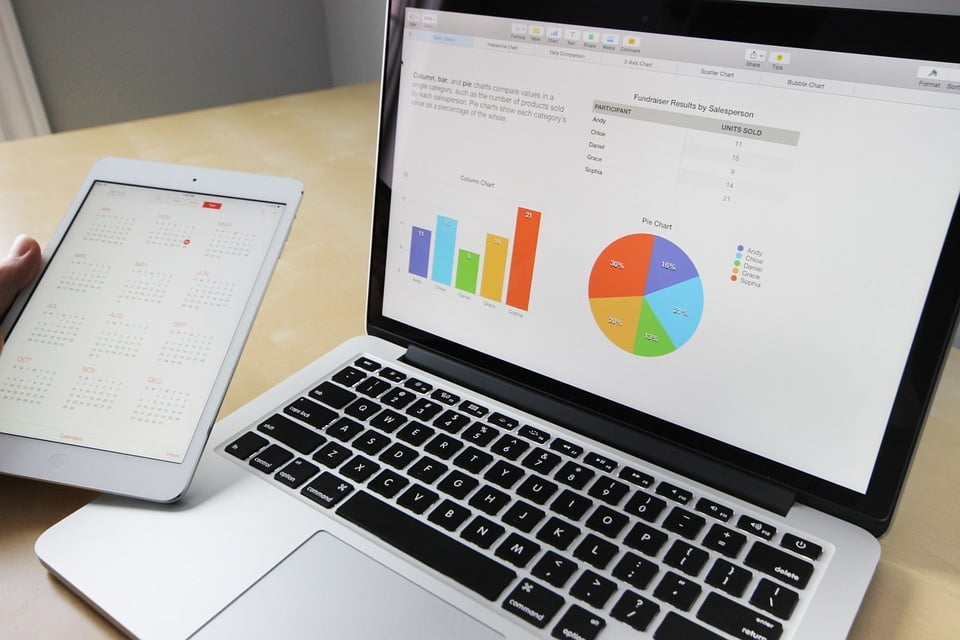A marketing agent or CMO with detailed knowledge of data on his side is a tough act to beat in today’s world – especially if they know inside and out the idea of metrics, and how to follow them.
Today, most know the basics of metric follow: leads and traffic and other such basic metrics. But there are other types, some more advanced and/or niche, which can help your marketing team immensely.
The following content marketing metrics are organized into seven different types.
1. Consumption
- Page views – This metric tells you which, and how many pages on your site users are frequenting most, which is a good indicator of what content is drawing people in most effectively.
- Average time on page – As the name implies, this is a measurement of how long each user is staying on each page on your site. This is a good way of deducing how engaging your content is.
- Unique visitors – This stat measures how many people, overall, are visiting your site, and how many of those people are repeat visitors.
2. Retention
- Return rate – Measures how many customers you have that are regulars and which are new – good to know if you want to build a positive relationship with both.
- Bounce rate – Measures the rate of entry and exit clicks happening on the same page.
- Pages per visit – Tracks how many pages each visitor looks at every time they visit the site.
3. Sales
- Pipeline generated – Aggregates the total dollar value of all opportunities where the lead’s first touch associated with those opportunities was with your content.
- Pipeline touched – Measures and gathers all opportunities where the user “touched” a particular piece of content.
- Revenue influenced – Observes the dollar value of revenue closed where the contact in question consumed your content before converting.
4. Engagement
- Comments – Tracks the comments left on a particular post you make on your site. This is a good means of measuring user engagement.
- Session duration – The length of time a user spends on your site across several pages.
- Page depth – The number of pages a visitor clicks on per visit to your site.
5. Lead metrics
- New leads generated – Using your CRM and marketing automation tool, you calculate how many new leads came into your database after they touched new content.
- Touched existing leads – Again, making use of your marketing tool and your CRM, you can calculate how many existing leads in your database interact with a piece of content.
6. Sharing
- Social media shares – Tracks what content on your site is most likely to be shared by users based on what’s been shared previously. A good metric of what content your consumers are interested in showing others.
- Social media likes – Like the previous metric, you can use this metric to keep track of shared content since many social media sites like to display what content a user “likes” to their followers.
- Email forwards – Although not every forwarded email can be measured and quantified, this can still be a very useful tool for measuring what emails got forwarded parallel another campaign.
7. Production/cost
- Time to publish – Tracks how long it takes your team to publish a piece of content. More of an internal metric than marketing specifically, but knowing your team’s efficiency can greatly help how you market yourselves.
- Content throughput – Pinpointing how much content you and your team produces over a given time can make for excellent marketing if that number reflects efficiency.
- Content backlog – This measures how quickly your users are consuming your content, and can thus be a good indicator of how well you’ve been advertising your entire content log.
While not every metric listed above is necessarily a marketing metric, every single one of them ties back into marketing in some way. Being aware of these metrics can help your marketing team get a much tighter grip on marketing better to your customers. So remember these seven types of content marketing metrics, and implement them whenever you can.
Main image via Pixabay.
